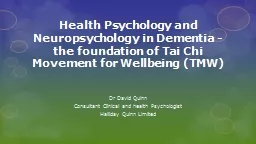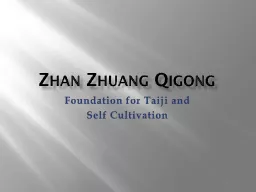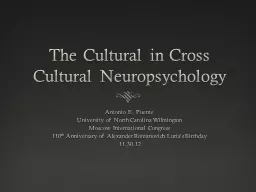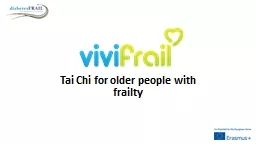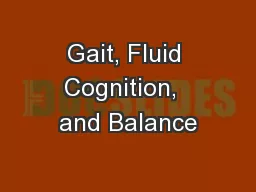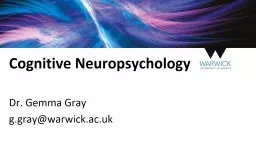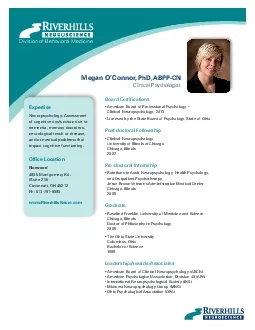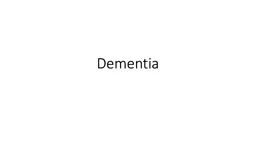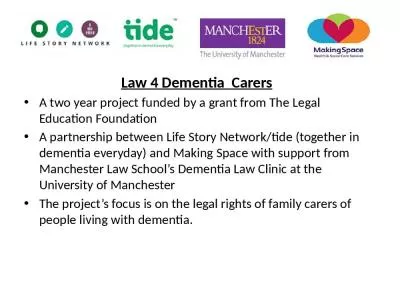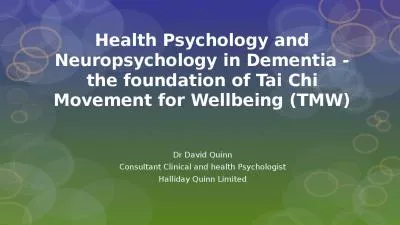PPT-Health Psychology and Neuropsychology in Dementia - the foundation of Tai Chi Movement
Author : daniella | Published Date : 2022-05-31
Dr David Quinn Consultant Clinical and health Psychologist Halliday Q uinn Limited In 65 years the NHS has quite simply done more to improve peoples lives than
Presentation Embed Code
Download Presentation
Download Presentation The PPT/PDF document "Health Psychology and Neuropsychology in..." is the property of its rightful owner. Permission is granted to download and print the materials on this website for personal, non-commercial use only, and to display it on your personal computer provided you do not modify the materials and that you retain all copyright notices contained in the materials. By downloading content from our website, you accept the terms of this agreement.
Health Psychology and Neuropsychology in Dementia - the foundation of Tai Chi Movement: Transcript
Download Rules Of Document
"Health Psychology and Neuropsychology in Dementia - the foundation of Tai Chi Movement"The content belongs to its owner. You may download and print it for personal use, without modification, and keep all copyright notices. By downloading, you agree to these terms.
Related Documents

